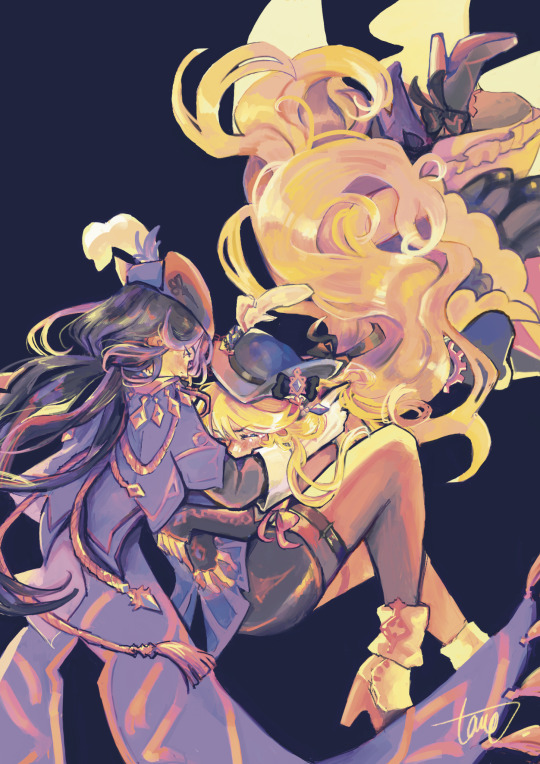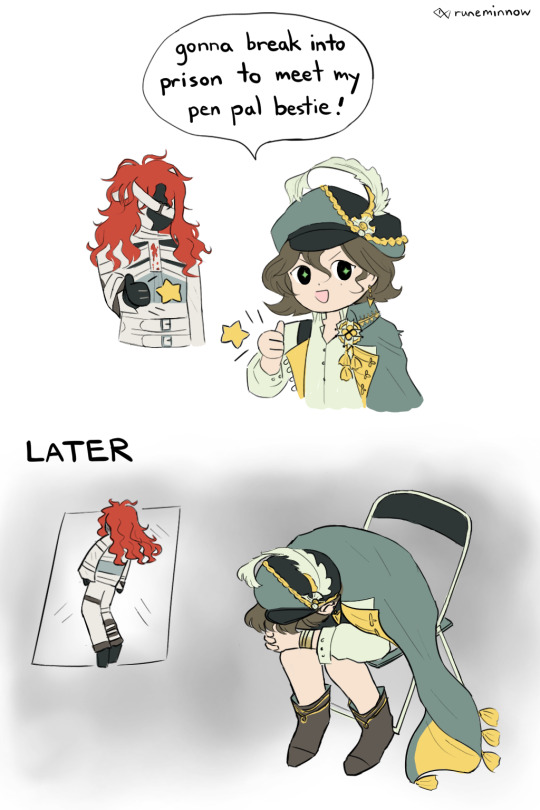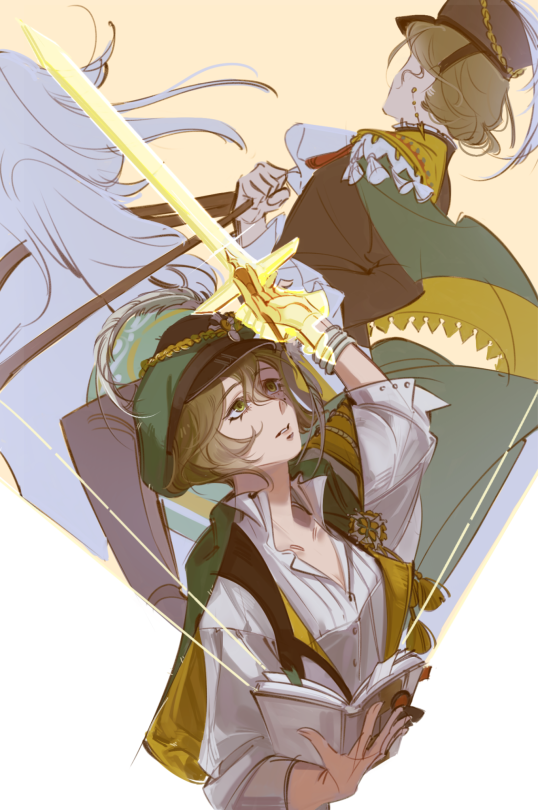Don't wanna be here? Send us removal request.
Text
Erio and the Eletric Doll
Erio to Denki Ningyou



#yuri#yuri manga#manga#steampunk#erio and the eletric doll#Erio to Denki Ningyou#levels of peakness rarely seen before
2 notes
·
View notes
Text
Beautiful
Forgiveness

5K notes
·
View notes
Text

I'm officially back from vacation 😇
187 notes
·
View notes
Text

I wanted to draw these outfits really badly earlier last month and finally got the chance
257 notes
·
View notes
Text

Notes dancing like the stars.
OMG she's gorgeous in this dress😭😭😭!!!
373 notes
·
View notes
Text

Depressed borzoi energy
#reverse 1999#aleph#recoleta#se quella palla di pelo non si sbriga a presentarsi nella vagila bestemmio
284 notes
·
View notes
Text
Me after


how i felt playing chapter 9
383 notes
·
View notes
Text



recoleta drawings and ketchup guy
(I'm preparing to feel ill once I read new chapter 🥲)

395 notes
·
View notes
Text

That's why you don't mess with transcendental
398 notes
·
View notes
Text


It's best you don't rush into things—you have a long night ahead.
828 notes
·
View notes
Text

heyoo, new person in my impromptu team (・_・)ノ
196 notes
·
View notes
Text
Lost 50/50 on Aleph banner to Willow, wich is so cool but I don't have Tuesday
2 notes
·
View notes
Text





Mashou no Otome no Yakumawari
The Role of the Femme Fatale
#yuri#yuri manga#manga#the role of the femme fatale#Mashou no Otome no Yakumawari#I want to use this app more I love how it's structured#so I'm posting my main thing#streets are saying this was axed#fuck my stupid hime life#thougt I'm skeptical
0 notes
Text

this book is dedicated to maria hunting. an editor, a teacher, a friend.
285 notes
·
View notes




